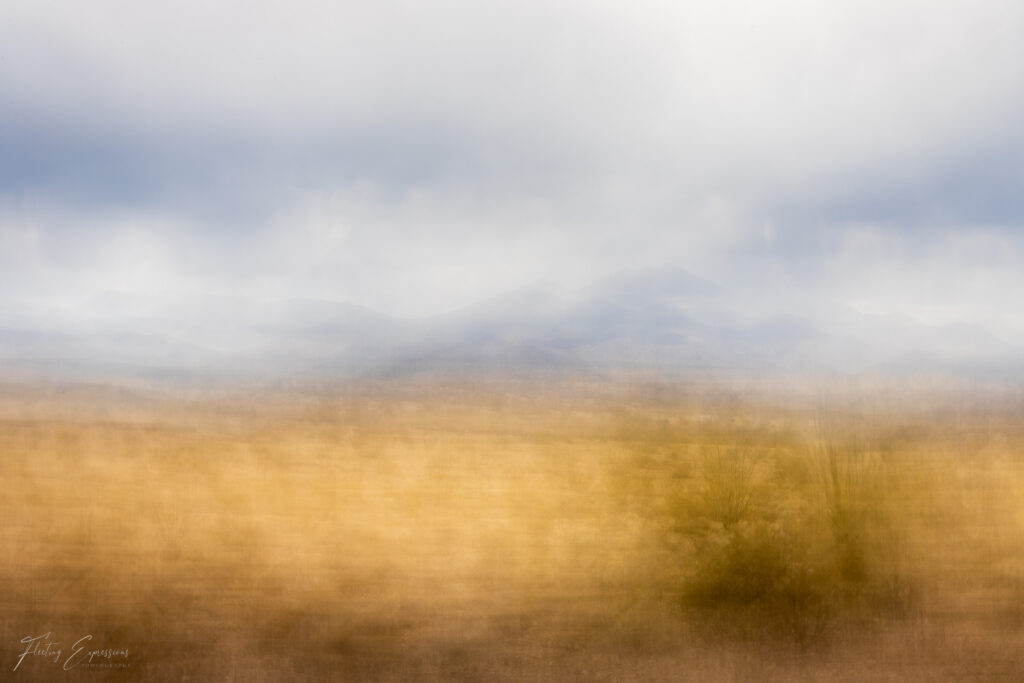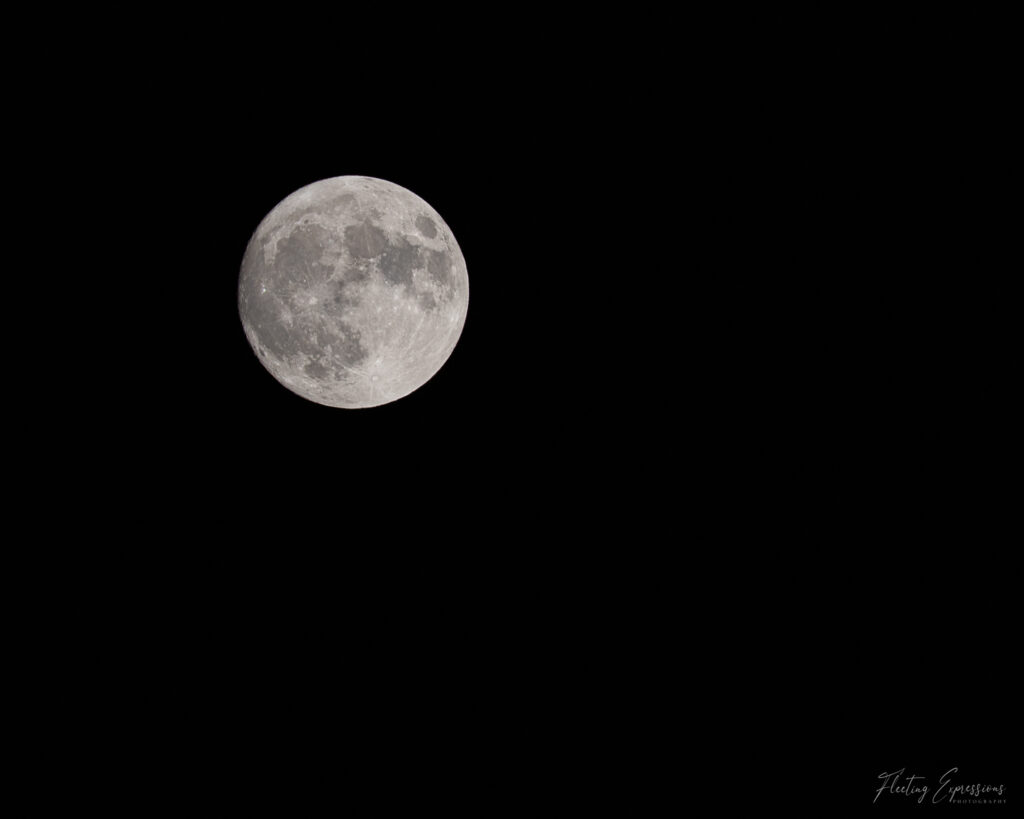
Let’s step into the wild, wacky, and wonderfully picturesque world of landscape photography this week! While this subject may seem overdone at times, the range of landscape photography mirrors that of the photographer, offering endless opportunities for learning new tips and tricks, wouldn’t you agree? This post will be the first of a three-part series covering landscape photography, focusing on the styles of landscape photography. Part 2 will discuss planning and shooting landscapes, and Part 3 will highlight some tips and tricks for post-processing the images.
I’m currently enjoying the desert landscapes of the American Southwest. I always feel like I have stepped back in time or into an old Western movie when I see the rocks and desert flora and fauna. It’s a treat to explore the nearby public lands and get new perspectives of the mountain views. I’m always keeping my eyes open for snakes. So far none have been spotted! I have seen coyotes and jackrabbits though which was pretty awesome!
What is Landscape Photography?
This seems a simple question to answer. Landscape Photography is a genre of photography that captures the beauty of natural landscapes such as mountains, valleys, rivers, and other scenic environments. It often emphasizes land formations and the weather.
Landscape photography gets more complicated when you start to define the styles, which can be as varied as the photographers seeking their next award-winning shot or even a simple social media post. However, following simple principles of location, composition, light, and story can help you achieve your photographic goals.



Landscape Styles
Landscape photography encompasses three major styles: representational, impressionistic, and abstract. Representational landscapes represent realism, sort of a “what you see is what you get” approach to the composition. No props or artificial components are included in the frame and special attention is paid to the lighting and composition of the image. This is the most common style and where I got started, modeling my compositions after my hero, Ansel Adams.


Impressionistic landscapes carry a vague sense of reality. The images you make in this style will make the landscape seem unreal, giving the viewer the impression of a landscape rather than a true representation of one. The impressionist style is all about breaking the rules with blurred subjects, movement, and crooked lines. Using the impressionistic style can make you feel like a painter using your camera as the brush! I have embraced this style lately learning a technique called Intentional Camera Movement. I had attempted this style before but did not feel successful until I changed my subject to landscapes. What a difference that made!



The third style is abstract. Like the Impressionistic style, abstract landscape photography introduces an element of vagueness. It uses elements of the scenery as graphic components with colors, shapes, and textures essential within the scene. Changing to a telephoto lens and zooming into the scene can help you create an abstract landscape. I admit the concept messes with my traditional understanding of landscapes, but it is a fun technique to try! I have practiced it with waterfalls but haven’t yet found the composition I am looking for.


Landscape Techniques
Within these styles there is a wide range of subjects and techniques, each offering unique opportunities for creativity and expression. Let’s explore some of the common types of landscape photography.
Creating representational landscape images will most likely be the simplest to achieve. Using traditional compositions with a wide-angle lens you can create wide vistas of natural scenery, such as mountains, valleys, forests, and coastlines, emphasizing the grandeur and beauty of the landscape. This is where my inner Ansel Adams comes out and I visualize myself standing in the Grand Tetons shooting the famous Snake River image.



Seascapes and coastlines also fall into the representational style. Focusing on bodies of water, seascapes highlight the dynamic interplay between land and sea, featuring coastal cliffs, beaches, waves, and ocean horizons. They are often considered a sub-set of landscape photography and, truthfully, one of my favorites! Spending time in Maine provided me an opportunity to shoot many coastlines and I loved every single one! Acadia National Park is a perfect spot to try out this style and with the changing weather and landscapes, you can create a variety of images.



Another way to shoot the representational style is with a seasonal landscape. Reflecting the changing seasons, seasonal landscapes capture the beauty and transformation of landscapes throughout the year, from the vibrant colors of autumn foliage to the serene snowscapes of winter and the lush greenery of spring and summer. Shooting landscapes in spring and fall are my times because of the changing colors. Exploring the Kancamagus Highway in New Hampshire was a bucket list for many years and one I can’t wait to do again!



There is a lot of crossover in creating both impressionistic and abstract landscape images with the techniques you can use. Using a long exposure to capture movement is one of my favorites. I especially love to use it with water! I have found a new love with ICM (Intentional Camera Movement) and experimenting with different shapes and colors. Sunset is my favorite time to practice this technique.
Utilizing long exposures and low-light techniques, nightscapes capture the ethereal beauty of landscapes under the night sky, featuring stars, the moon, city lights, and celestial events like the aurora borealis. Nightscapes are probably one of my favorites in the landscape genre! I love shooting star trails, the moon, and especially the Milky Way. Finding an area with dark skies to practice in can be a challenge in most areas. There are a few apps out there to help you find dark skies and also a website that can point you in the right direction. Some of my favorite dark skies have been Big Bend National Park, Glacier National Park, and the Arizona desert.


A few other techniques I have used with landscape photography are the Adamski Effect and Pep Ventosa. Both of these will require some Photoshop skills to complete the processing but they are a lot of fun to learn and practice! I will include examples in the processing post, part 3 of the series.
Contrasting with natural landscapes, urban landscapes showcase the built environment, including city skylines, architecture, streetscapes, and urban decay, often blending human elements with natural surroundings. I am a fan of night shots of city skylines. I think the darkness can strip away so many distractions, leaving you with a beautiful depiction of the city. I don’t get to do this style often enough, but I try to take advantage of any opportunity I have to shoot a skyline at night.
Departing from traditional representations, abstract landscapes explore shapes, colors, and textures in nature, often using creative techniques like intentional camera movement, multiple exposures, or post-processing manipulation to evoke mood and emotion. I recently learned more about ICM and started applying it to landscapes and, wow, what a fun and creative way to spend time with my camera! I love the painterly feel the technique brings to an image which allows me to feel like an artist! Check out my post on this technique to learn more!



Zooming in on smaller details within a landscape, macro landscapes highlight intricate patterns, textures, and elements like flowers, leaves, rocks, and water droplets, offering a unique perspective on the natural world. This may be my least favorite style because it challenges my mental model of what a landscape is. I actually consider this more of an abstract nature shot but I will leave it to you to decide!
Conclusion
There are many opportunities within the genre of landscape photography to shoot images that feed your desire for creativity. Even if you want to create a traditional image, there are so many techniques to try and compositions to explore with every landscape you visit that you might never run out of photos to take.
Next week I’ll share my experiences in location planning and gear selection along with more landscape images to (hopefully) get out there in the wild with your camera!
Until then, check out my website to see new images available for sale! If you haven’t yet subscribed to my newsletter click that button and be the first to hear about new posts along with stories from our adventures on the road.






2 thoughts on “Connecting with Nature Through Landscape Photography”
You’ve inspired me to give ICM movement a try. I was exposed to it years ago in a class but kind of forgot about it so that is for the push. I love zooming in on the smaller details in landscapes—water droplets being some of my favorite. Keep your inspiring posts coming!
Thanks so much Cyndi! I was a bit intimidated by some of the fantastic photos I’ve seen in the ICM style but after getting out there and practicing with my camera I’m learning what movements work and what helps the image in terms of contrast and color. I can’t wait to see what you create!
Comments are closed.